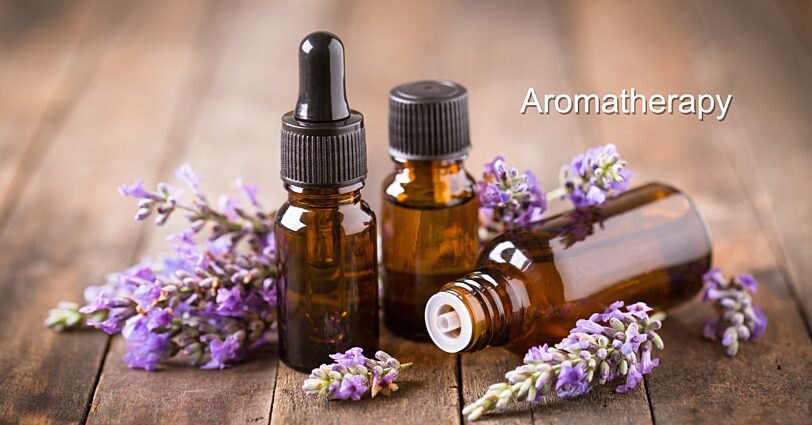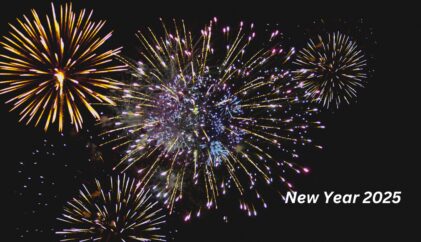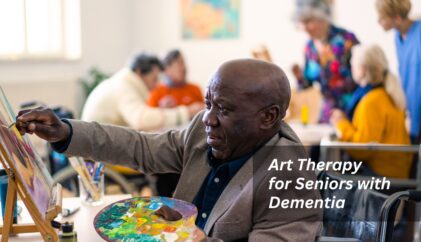
“Aromatherapy can be defined as a controlled use of aromatic plant oils for therapeutic or preventive purposes. It can be applied through aerial diffusion, direct inhalation, and topical applications. “
Aromatherapy
What is Aromatherapy?
From a massive bibliometric analysis: “Aromatherapy can be defined as a controlled use of aromatic plant oils for therapeutic or preventive purposes. It can be applied through aerial diffusion, direct inhalation, and topical applications. “(1) Most of us have seen different kinds of diffusers available at any home goods store, and many of us know at least one person who uses or brokers essential oils. They are readily available in most natural foods stores. If you think about it, the use of perfume and cologne, and even air fresheners is a form of aromatherapy.
Historically, the use of essential oils, perfuming plants and spices for health and happiness dates to ancient civilizations, including ancient China, India, Egypt, Greece and Rome. Aromatherapy, as we think of it today, started in France in the early 1900’s. In the 1980’s, it became more popular and a focus for clinical applications in the USA. In Victorian times and beyond, foul smelling air was considered to be a health hazard and a direct cause of illness. Interestingly, though we now reject this as a quaint explanation for illness….it turns out, there could be some scientific support for this idea.
In those with PTSD, odors can set off both typical and also emotional flashbacks. Most of us attach a positive or negative emotional response to things like the smell of fresh cut grass, the smell of our favorite dish being cooked…here in the South, most of us have strong childhood memories or feelings associated with the smell of honeysuckle. Think about your own favorite scents. I bet you have strong feelings associated with them. But what if I told you, that it’s not just your nose that detects fragrance? What if it’s not all in your nose and your emotions
It's Not Just Your Nose that Know
Two fascinating studies, which are culminations of many similar studies, changed my thinking about Aromatherapy. First, remember your basic human anatomy and physiology: For your nasal hair cells to detect an odor, extremely tiny but volatilized particles of the substance actually make their way to the hair cell, in order for you to detect it as something you smell. When you smell something, you are actually contacting a very tiny amount of that substance. Now, consider this: The hair cells in your nose have what are called olfactory receptors, and this is what causes those hair cells to be able to detect an odor. What if….what if other parts of your body had identifiable olfactory receptors?
It turns out, they do. In a groundbreaking study from 2018, researchers found that “olfactory receptors (ORs) are not exclusively expressed in the olfactory sensory neurons; they are also observed outside of the olfactory system in all other human tissues tested to date, including the testis, lung, intestine, skin, heart and blood.” (2) This means that the cells in your nose that can detect odors, scents, fragrances, or stink, are all over your body. This means that even if your nose could not detect a given scent, your body, in other organs, actually can detect those volatilized particles!
Ground-breaking work, also from 2018, came from a hair loss study, believe it or not. Researchers had already discovered that human hair follicles contained a specific olfactory receptor known as OR2AT4. They executed a brilliant, placebo controlled, double blind study wherein the hair follicles – no nose involved – engaged in olfactory receptor-dependent chemosensation – meaning the hair follicle could “smell” the substance in the air without touching it, which happened to be the odor of sandalwood – and that the odor changed the growth of the follicle! In fact, researchers believe that in fact, OR2AT4 – mediated signaling is required for sustained hair growth!
Obviously, we don’t know yet all that will be discovered about scent and our health, but it looks like a blue ocean of possibilities, and we can use what we already know to boost our own wellness, and that of our patients and clients.
Now, Back to Plain Old Aromatherapy!
Circling back to the original premise and my goal in this Tuesday Tip, aside from years of good research in the books confirming that Aromatherapy, especially lavender (perhaps the most studied scent,) can help calm anxiety and agitation…it turns out that the odors and scents you are around, even those you don’t detect with your nose, can directly impact your physiology. Those Victorian thinkers perhaps were not so far off about how odors impact our health. Do we not seek to avoid offensive odors, and increase the presence of pleasant ones? Do we not seek ourselves to smell pleasant to others? And instinctively avoid getting something with a foul odor on our hands? Perhaps these are not aesthetic choices, but instinctive choices towards good health and safety.
To bring it all home, into an idea we can use to benefit our personal wellness and well-being….perhaps it would be worthwhile to try to smell the flowers, and enjoy the scent of trees on a walk. Perhaps it would be a real health measure to add an essential oil diffuser to your mindfulness, during your workout, while falling asleep, or even sitting at your desk, doing the myriad tasks we all do.
Koo, M. A bibliometric analysis of two decades of aromatherapy research. BMC Res Notes 10, 46 (2017). https://doi.org/10.1186/s13104-016-2371-1
Maßberg D, Hatt H. Human Olfactory Receptors: Novel Cellular Functions Outside of the Nose. Physiol Rev. 2018 Jul 1;98(3):1739-1763. doi: 10.1152/physrev.00013.2017. PMID: 29897292.
Chéret, J., Bertolini, M., Ponce, L. et al. Olfactory receptor OR2AT4 regulates human hair growth. Nat Commun 9, 3624 (2018). https://doi.org/10.1038/s41467-018-05973-0



